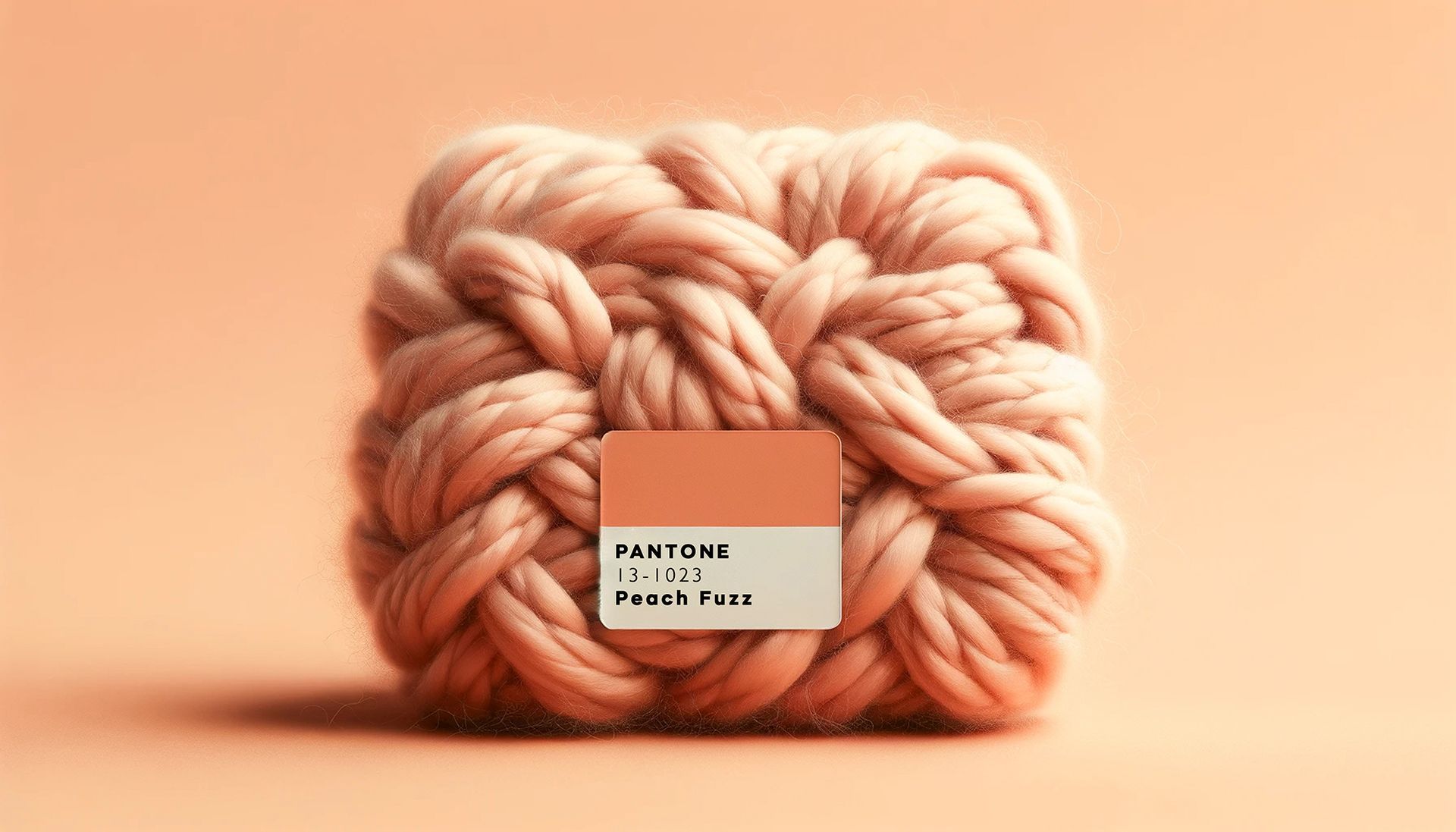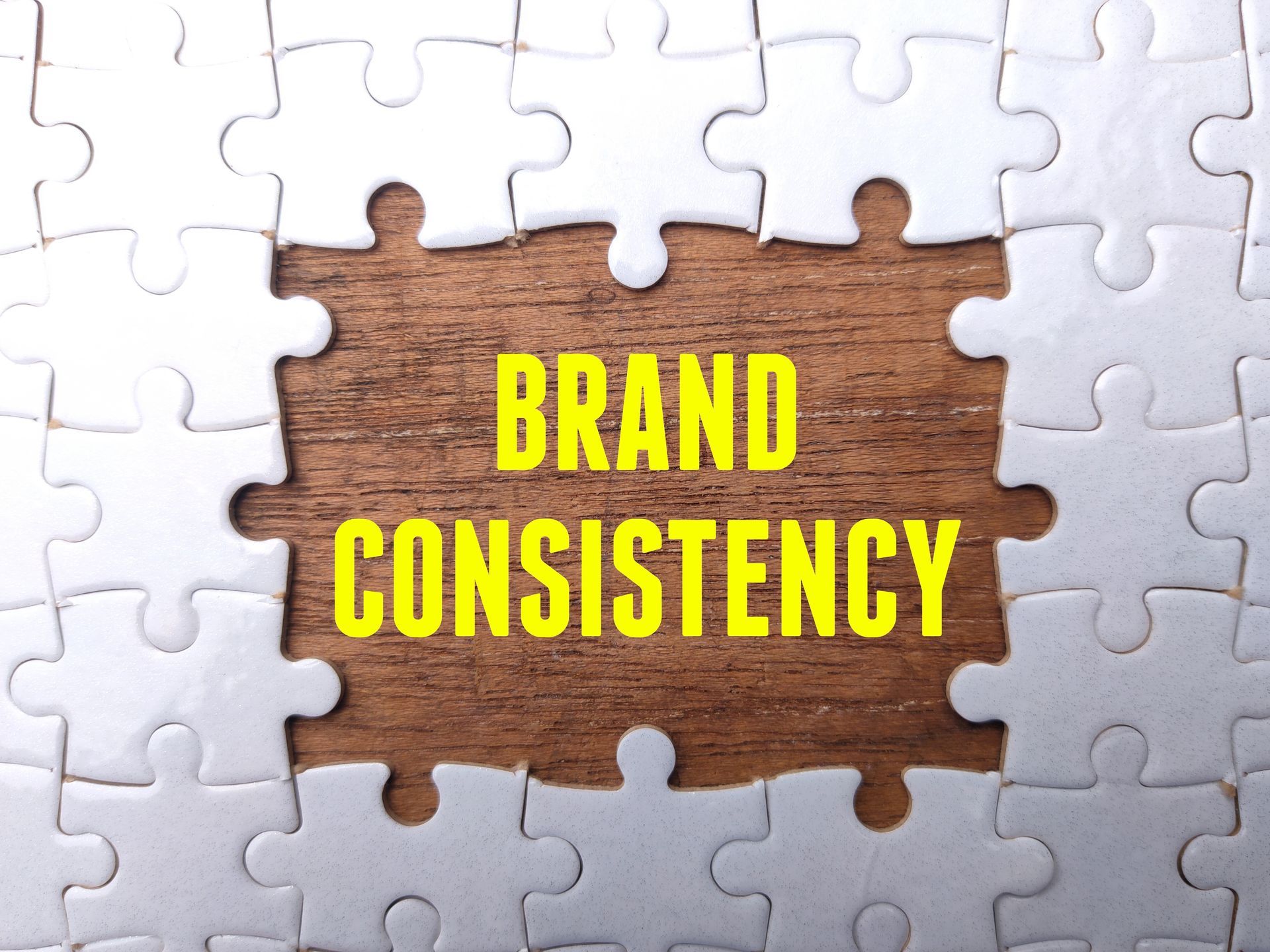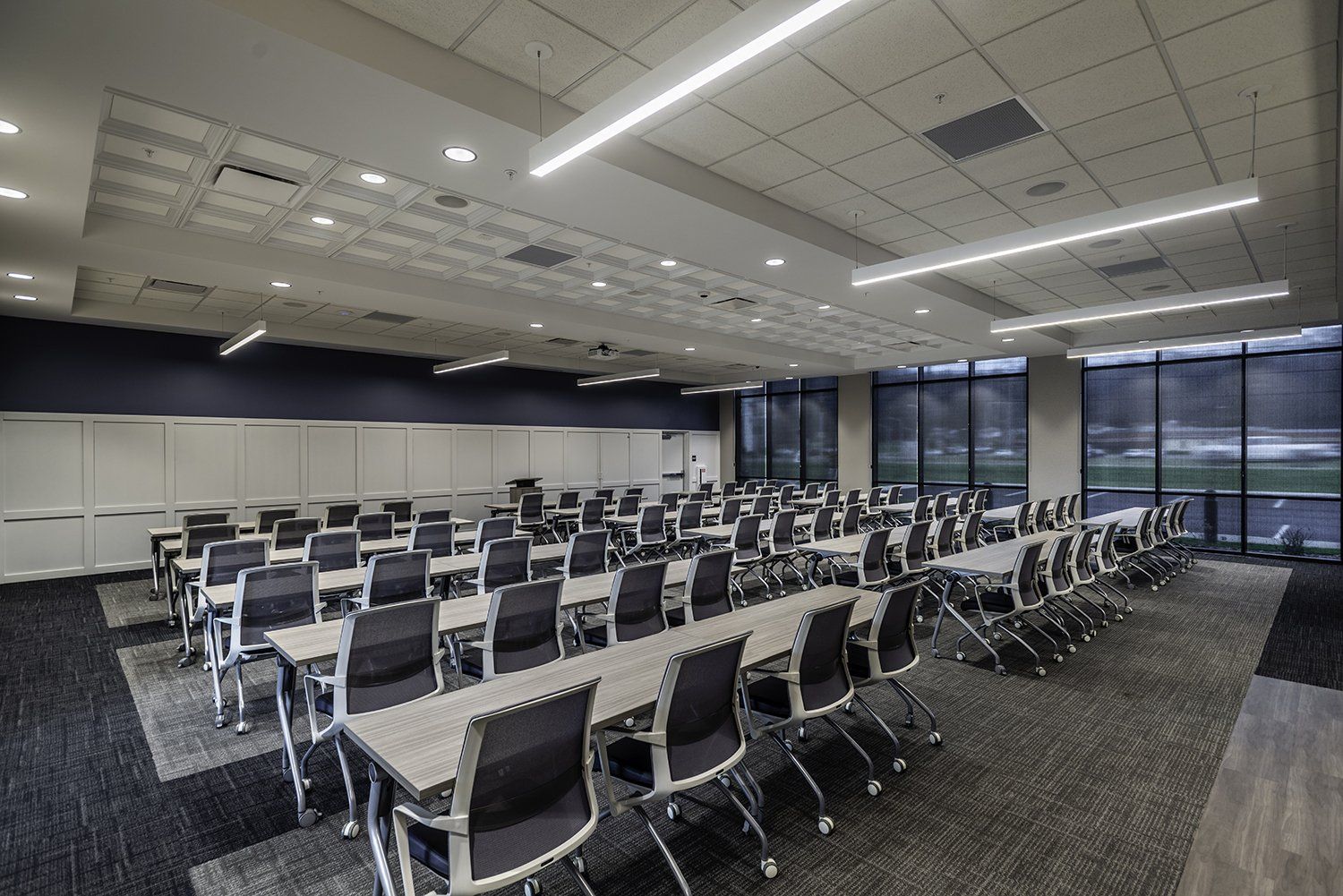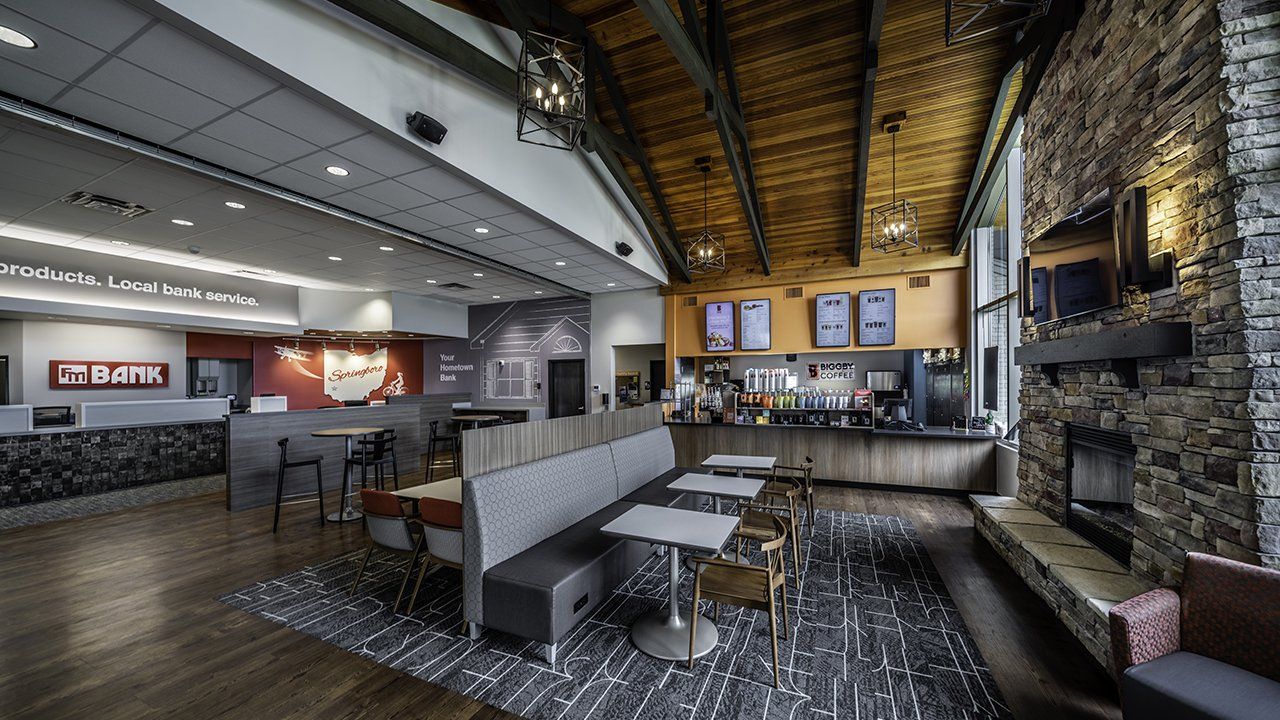Menu
Follow us on:

WHAT CAN YOU DO WITH A DRONE – PT. 1: REALITY CAPTURE
“What can you use a drone for at an architecture firm?” is a question that I get asked fairly often and it has plenty of answers, but today I am going to focus on reality capture to show what I find to be one of the coolest drone applications out there.
Reality capture is the process of accurately digitizing the existing world. This has been done for years by going out and measuring an existing structure, but this method is time consuming, prone to error, and only results in a simple 2D plan view. Alternatively, you can go to the other extreme and use laser scanning technology to generate a 3D model, this is expensive but highly accurate. Drone based reality capture results in a fast, accurate, and most importantly, budget friendly, scan of an existing structure through a process called photogrammetry. To do this we fly a path around the structure taking photos every few seconds, and finally processing these images through software that generates a high quality 3D model of everything we captured.
The structure we will focus on today is the Hudepohl smokestack atop the soon-to-be-demolished remains of the Queensgate Hudepohl Brewery. Given an estimate of almost a million dollars to save, its days are numbered. Its destruction will severely reduce the monetary value of my view from a picturesque, million dollar smokestack, to a measly $49.99 satellite dish. Luckily with modern technology we can “save” the smokestack!
Step 1: Capture Pictures
On a sweltering, Sunday afternoon I took to the sky from K4’s trusty loading dock picnic table to the smokestack next door. The majority of this flight will be automated with DJI’s “Point of Interest” flight mode. This allows me to automatically orbit the smokestack while I sit back and occasionally change the height to capture the full 170 foot height of the smokestack.
Hudepohl smokestack, author’s own photo
Step 2: Color Correct Photos
Unfortunately, the clouds were occasionally obscuring the sun and causing a slight variation in colors in the captured photos so, an interim step of running all 389 through Photoshop was required. Processing all of these would take a while, so I set up an automated batch processing script and refilled my coffee while it chugged away.
Color correction of Hudepohl smokestack photos, author’s own photos
Step 3: Process Images Through Photogrammetry Engine
We will be using Autodesk’s Recap Photo Pro to process this project. To fall in the cheaper pricing bracket, I cut down the number of images to 300, by cutting duplicate shots. The pricing for 20-300 photos is 12 credits, 301-700 photos is 30 credits, and 701-1000 is 55 credits, with each credit costing a dollar. After pointing the software to my images, I can choose what format I want to process the model in. I am using a phototextured mesh, useful for project visualization and 3D printing as well as a 3D point cloud, useful in CAD software. And then we wait while the software uploads my pictures to the cloud and processes. After a few hours I get a couple files to download. And here are the results
Image processing, author’s own photos
Step 4. Model clean-up and reproduction
I removed the roof of the building from the file to end up with a model of just the tower. This file will need to be scaled to fit in the print field of the 3D printer, which has a maximum size of 300mm or 11 13/16”. At this scale a single brick comes out to be below 1mm in height, which is sadly below the color accuracy of the 3D printing service we will be using. To work around this and increase the workability of the model, we will recreate the lettering and geometry by pulling data from the scanned 3D model. After adding a simple base, the file is ready for color printing!

Model clean-up, author’s own photos

Model clean-up, author’s own photos

rendered model, author’s own photos
I turned to a 3D printing service online to print the model size. The process was fairly straightforward and involved various checks to ensure the uploaded model was printable and stable.
Step 5: Final Results
After a couple weeks a package finally arrived on my desk and here are the results!

Finished model, author’s own photos

Finished model, author’s own photos
All in the results were fantastic! I could reduce the printing cost further by using multiple pieces that require assembly but for what this is I am very happy with the results. Contact us if you have any questions regarding 3D modeling or want a 3D print of your own building!














